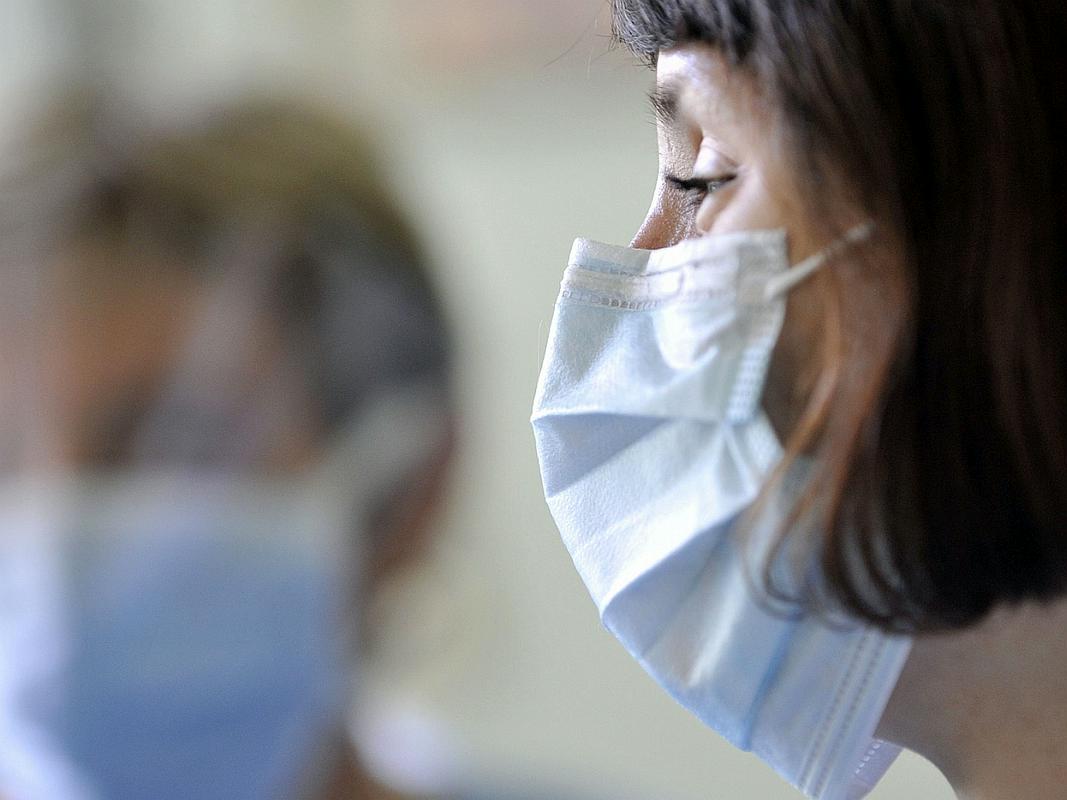
They had been infected by the H5N8 virus, which had been reported in various European countries over the past two months. The Administration for Food Safety will declare a belt of several kilometers around Pragersko an “endangered area.”
In mid-December, the authorities decided to ban the collection and exhibition of birds until further notice. They also issued guidelines for breeders. Among other measures, they recommended that poultry be kept in indoors if possible and that feed and water be given inside to minimize the contact with wild birds. Direct contact with infected animals or contaminated feed and water represents the biggest risk for the spread of the disease to poultry and birds in captivity. The disease can also be spread by shoes, clothing, and equipment that had been in contact with contaminated material, such as dead birds or the excrement of wild birds. The consistent application of biohazard precautions is the key to keeping bird flu from breeding flocks.
When the first case of bird flu was discovered in Slovenia in 2006, the subtype was H5N1. This time around, the subtype making its round across Europe is H5N8. Unlike H5N1, the H5N8 subtype cannot infect people, based in available data. The Slovenian Authority for Food Safety is reassuring the public that, “even though the avian influenza virus of the H5N8 subtype is highly pathogenic among birds, it represents a very low risk for humans, according to the European Food Safety Authority (EFSA).”
G. K.; translated by J. B.

































































